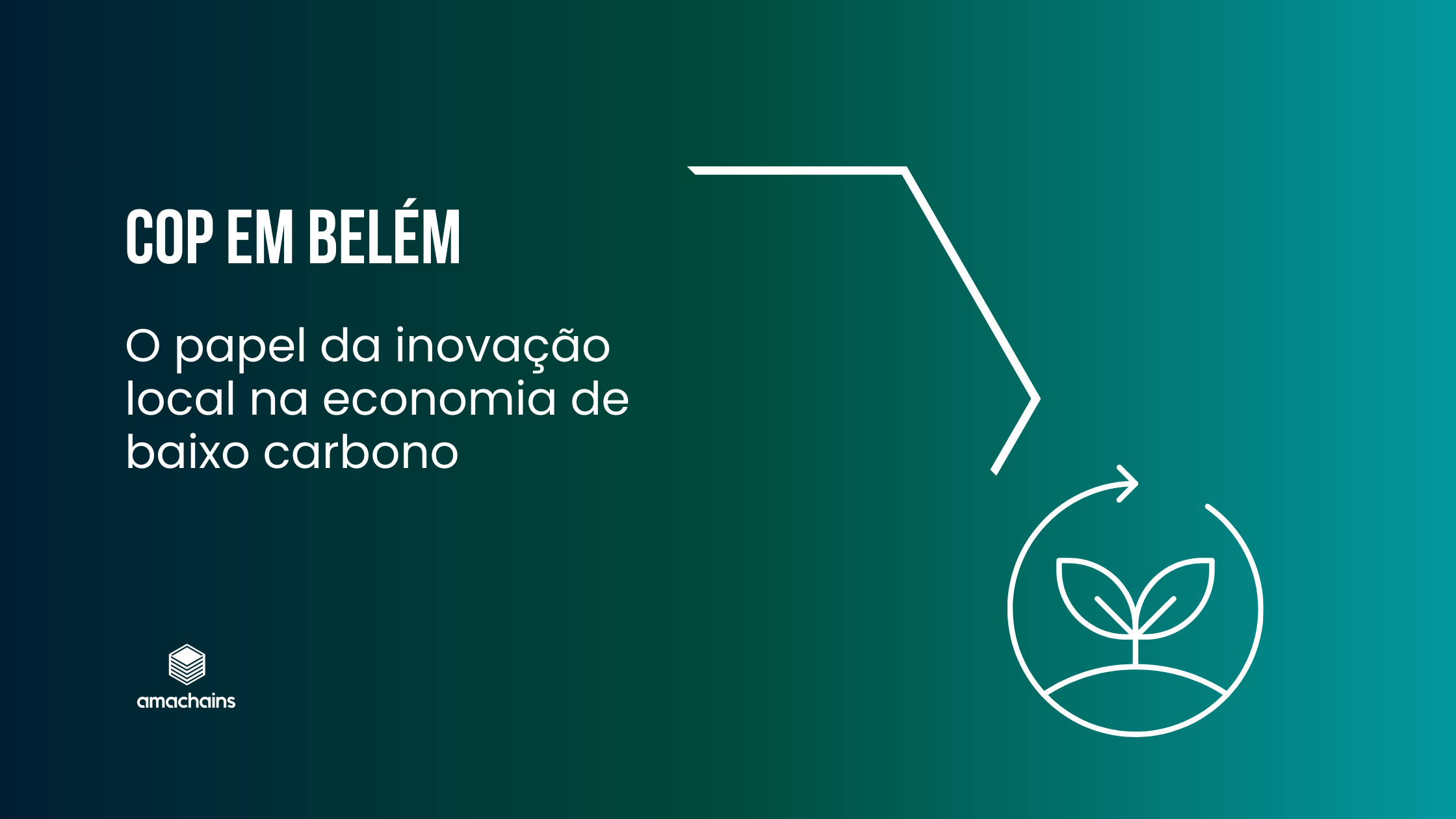As the world faces increasingly urgent challenges related to climate change, the search for solutions capable of limiting global warming intensifies. In this context, carbon capture in environmentally protected regions emerges as a powerful tool in mitigating greenhouse gas emissions.
The Concept of Carbon Capture:
Carbon capture is a process by which carbon dioxide (CO2) is removed from the atmosphere and stored, preventing it from contributing to the greenhouse effect. In environmentally protected areas, such as forests and conservation areas, plants play a key role in this process. Through photosynthesis, plants absorb CO2, transforming it into oxygen and storing the carbon in their biomass.
Forests as Carbon Sinks:
Forests are true carbon capture giants. Trees, plants and soil work together to remove vast amounts of CO2 from the atmosphere. As trees grow, they absorb carbon through photosynthesis, converting it into sugars to fuel their growth. This carbon is then stored in the trees and soil, acting as an effective tool for capturing carbon from the atmosphere.
Environmental Preservation as a Barrier to Deforestation:
Environmental preservation not only encourages carbon capture, but also acts as a vital barrier to deforestation. The destruction of forest ecosystems releases large amounts of carbon into the atmosphere, intensifying the greenhouse effect. By preserving these areas, not only biodiversity is protected, but a natural mechanism for carbon capture is also maintained.
Technical Challenges and Opportunities:
Despite the clear benefits, carbon capture in protected areas faces technical challenges. Accurately monitoring the amount of carbon stored, implementing sustainable forest management practices, and preventing forest fires are some of the challenges that need to be addressed. Overcoming these barriers opens up opportunities to optimize the effectiveness of carbon capture.
Importance of Preservation for the Global Climate:
Preserving natural areas goes beyond localized carbon capture. It plays a crucial role in stabilizing the global climate. By maintaining healthy ecosystems, we reduce pressure on the climate and contribute to resilience in the face of extreme weather events.
A path to the future
Carbon capture in protected areas represents a vital ally in the fight against climate change. Preserving natural ecosystems is an urgent effort for the future of humanity. By investing in conservation, we not only protect biodiversity, but also ensure a more sustainable and resilient future for our planet. Carbon capture in protected areas is undoubtedly a key strategy for building a more balanced and climate-resistant world.








